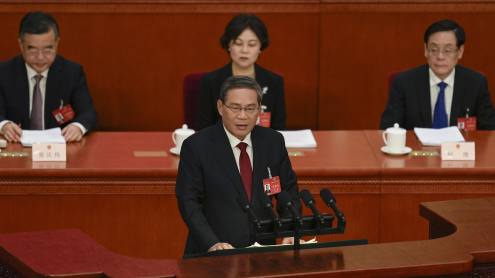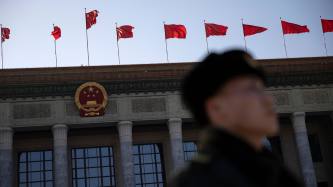Over the past 12 months, the renminbi has continued its impressive march to global currency status. This progress has come despite a number of challenges, including a troubling first quarter of the year in which China’s annual economic growth rate hit an 18-month low, coupled with a widespread sell-off of the renminbi, as the People’s Bank of China apparently weakened the currency in response to perceived speculative activity.
Yet, these difficulties have been overshadowed by various milestones that have driven the currency’s greater internationalisation. Earlier this year, the Hong Kong and Shanghai stock exchanges unveiled plans for a connectivity mechanism that will provide international investors with an opportunity to access companies listed in Shanghai. The trading link is expected to be operational by mid-October and will be important in China’s financial market reform. It will also go some way to facilitating the further internationalisation of the renminbi, while promoting the longer term convergence of the offshore and onshore currency markets.












